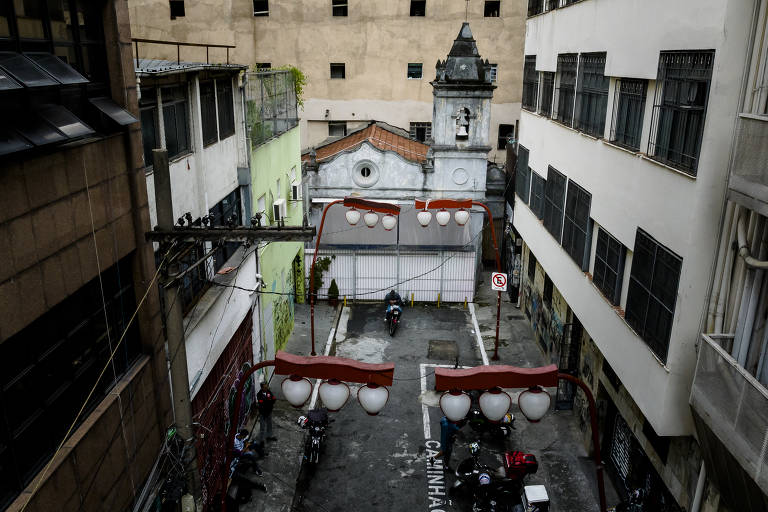History is ingrained in the skin of those who live in the neighborhood north of Avenida Paulista, but it took deep digging for São Paulo to formally recognize that territory as also belonging to the Blacks whose ancestors were forced to work in the city's construction.
Excavations for the future metro station in the heart of Bixiga, a neighborhood known for Italian immigration, paved the way to find evidence of a symbol of resistance by enslaved Africans, the Quilombo Saracura.
It was precisely in the subsoil of another landmark of its residents' ancestry, the headquarters of the Vai-Vai samba school – expropriated and demolished to make way for the station – where utensils and clothing pieces of the quilombolas were found in 2022.
The revision of the history of Bixiga's occupation finds a recent precedent in another neighborhood in the central region. In 2018, the demolition of a mansion for the construction of a shopping center by Chinese entrepreneurs in Liberdade shook the structure of the Aflitos chapel, a remaining construction of the cemetery of the same name where slaves were buried in the 19th century.
Nine skeletons were found there, two of which carried blue glass beads typical of African matrix cults, indicating that these were human traces of enslaved individuals.
